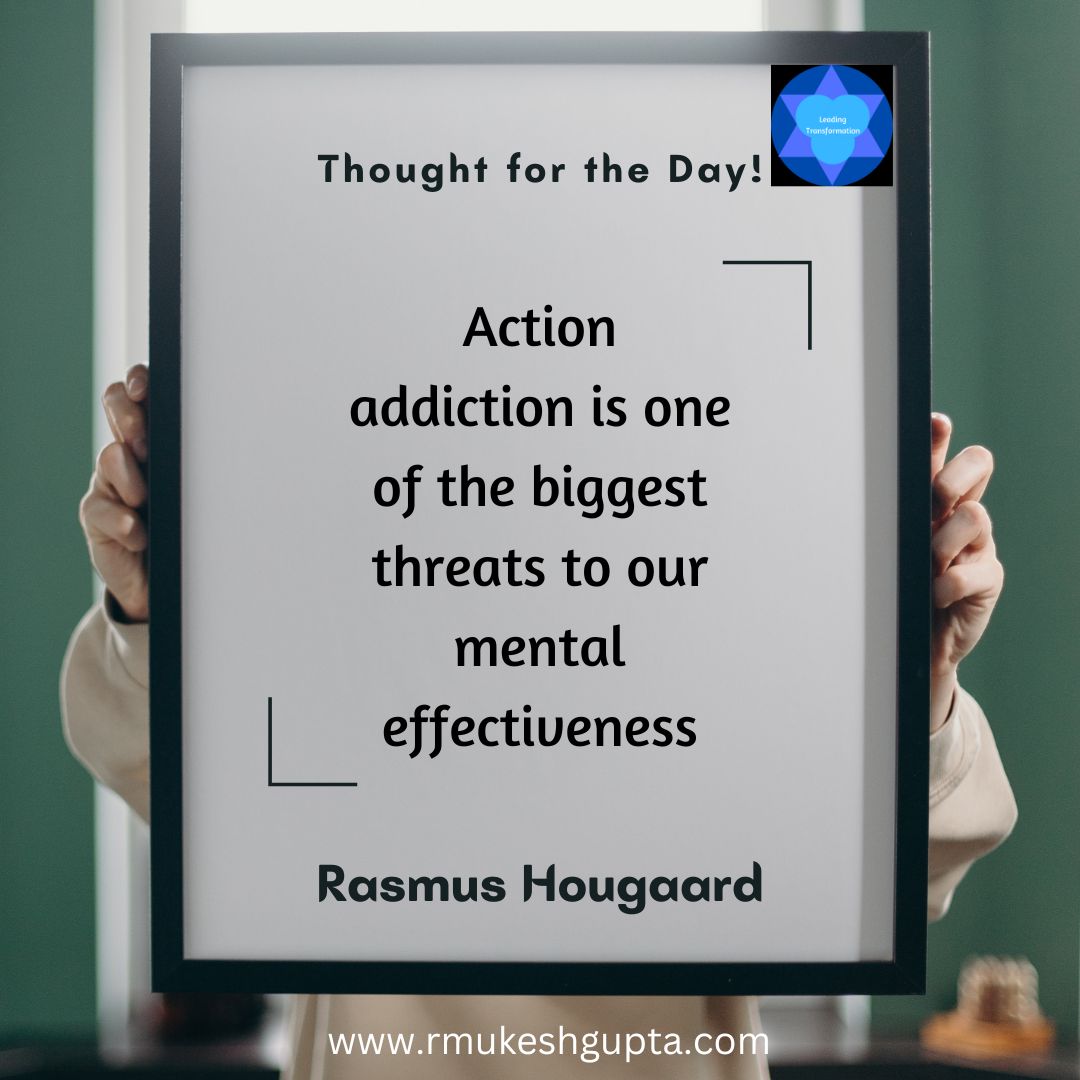Did you know that David Brown runs a 100m in under 11 seconds? So, what’s so special you ask? The special thing is that he is blind. He is the world’s fastest blind runner and has won two world championships and a Paralympic gold medal so far.
You can watch a documentary, On | Untethered about him and his journey here.
But I digress.
When I stumbled onto his story, what struck me was the importance that the running guide plays in his success. The more I tried to read and understand how a running guide can empower visually impaired people to start running, the more I saw the parallels to the world of leadership and the work that we do as leaders.
So, here are some lessons in leadership that I take away from how running guides engage and lead their blind runners.
Please take the lessons here with a grain of salt. Our teams are not blind and they dont need to always only rely upon us to make the decisions. This is just a model and as they say, some models are useful but all models are flawed. Take what you think is relevant and leave the rest.
So, here we go:
Trust
When we start running together, there is an implicit amount of trust that we start with our running partners. What we do then has the potential to add to the trust or take away the trust that we started with. This is the same dynamic that all leadership journey follows.
We get annointed (by someone or by ourselves) as a leader and whoever decides to follow us places a certain amount of their trust in us and our leadership. Every action we take there on, we either add to the trust or take away from the trust balance.
When this trust balance is full, we are able to lead our teams through all kinds of terrains. When this balance runs low, we struggle in leading our teams through even straight forward and low risk terrains.
We need to understand that by placing their trust in us, they are being vulnerable. They know that we have the power to hurt them or allow them to get hurt, but they believe that we will take care of them and their needs. What this tells me is that leadership is not at all about Power but all about being in service to those whom we lead and to the mission.
Communication
Just like the fact that the blind runner is unable to see where they are going and depend on their running guide to lead the way, most of the times, our teams may not necessarily see the full picture and depend on us, on our vision and on us to lead them to the destination.
Along the way, there are might be obstacles that need to be overcome, there might be risks that need to be avoided, there could be traffic that needs to be navigated, there might be times when we are to slow down or stop altogether. Our teams depend on us and on our ability to guide them through all of these.
The way we do all these is by clear, concise, communication. Before we start the journey, we agree some of the simple signals or ways to communicate and what each one of these signals mean. When should they completely stop, when should they slow down, when should they get ready to turn and in which direction.
Just like the running guide constantly communicates with his blind runner through out the run or the journey to ensure that there are no miscommunications (they can be costly), so should we as leaders, constantly communicate with our teams on what we see and what we expect them to do.
Remember that the communication is not just one way – from the guide to the blind runner or from a leader to his team, but is bi-directional. What the blind runner has to say is equally important and the guide needs to listen to the same. Similarly, what the teams have to say is equally important and the leaders needs to listen to them as well.
Tethered
When the blind runner and the running guide start running, they tether themselves with a short string. This is to ensure that they are almost always connected. This is also a way to ensure that the pace at which both of them run is very similar, if not the same.
The more they run together, the more in sync they become and if they want to compete in elite events, the level of sync they are in, decides their success levels. This holds true in the leadership world as well. The success of the leaders and their team are connected with each other. One cant succeed without the other. The more in sync the leaders and their teams are the more effective and efficient they could be.
The physical tether is a constant reminder that we need to keep pace and move together. One of the biggest mistakes that I have seen leaders do is to go so far ahead from their teams that there remains no connection between them any more and then they wonder what happened and why their teams don’t march to their drums anymore.
Empowering
If you look at the dynamics between the running guide and the blind runners, even though the blind runners are more vulnerable, they are the one’s being served by the running guide. The running guide derives immense amount of personal satisfaction in supporting their blind runners complete their runs and participate as equals in their success or failure. But mostly the primary person who succeeds of fails is the blind runner.
As leaders, we would do really well if we keep this in mind. We are here to lead the set of people and help them achieve their goals. We empower them to do things that they could not accomplish without the help of a leader and we should just take pride that in this case, we are lucky to lead them.
In conclusion:
When I look at David Brown and what he has achieved in his life already, I believe that we can achieve anything we want in our lives. All we need is the will to go on a journey and a guide who is willing to partner with us and leads us by sharing their insights that leads us to our ultimate goal.




